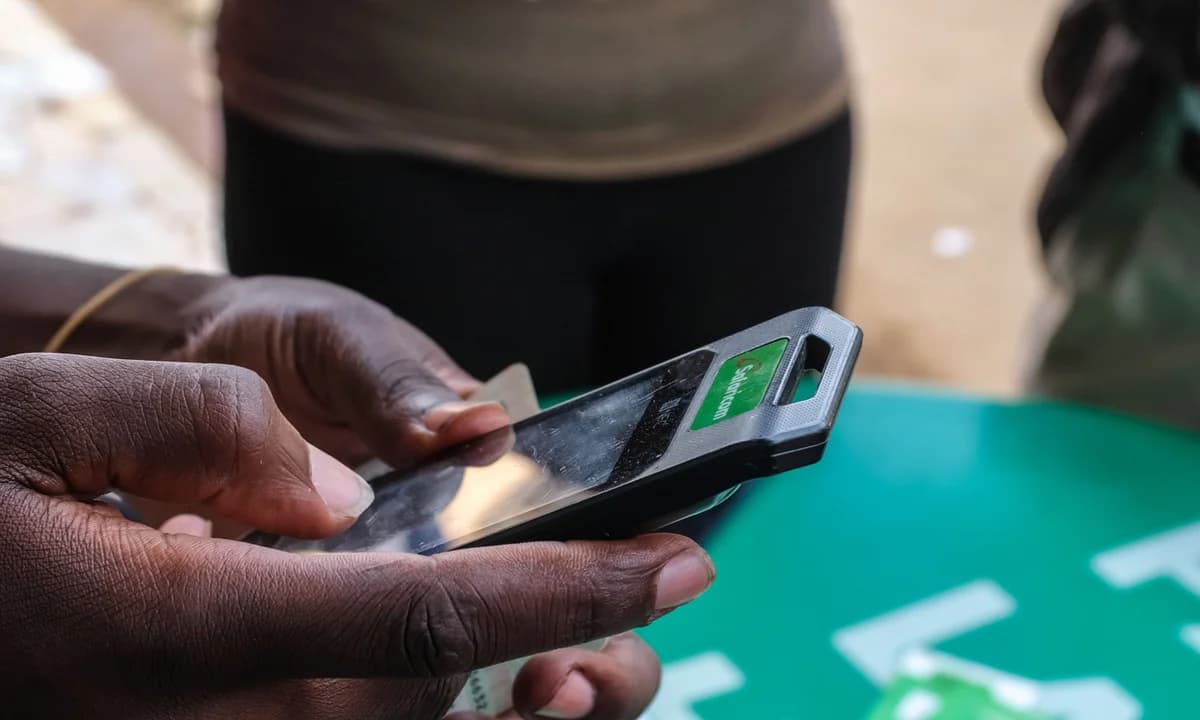We're loading the full news article for you. This includes the article content, images, author information, and related articles.
While America grapples with fragmented systems and consumer apprehension, Kenya’s pioneering mobile money ecosystem is a global benchmark, processing transactions equivalent to over half the nation's GDP and driving profound financial inclusion.

NAIROBI, Kenya – In the global race towards a cashless society, Kenya has emerged as an undisputed leader, establishing a sophisticated and deeply integrated mobile money ecosystem that starkly contrasts with the slower, more fragmented adoption of digital wallets in the United States. While Kenya’s M-Pesa has become a vital part of the national economic fabric, the U.S. continues to navigate a complex landscape of competing technologies, consumer security fears, and ingrained habits tied to traditional banking.
Since its launch in 2007, Safaricom's M-Pesa has transformed Kenya's economy, pulling millions into the formal financial system. According to the Central Bank of Kenya (CBK), mobile money agents facilitated transactions worth KES 8.7 trillion (approximately $67.3 billion) in 2024, a figure equivalent to 53% of the country's GDP. This demonstrates a profound reliance on mobile platforms for daily commerce. The 2024 FinAccess Household Survey revealed that 82.3% of Kenyan households use mobile money services for their financial transactions, pushing the country’s formal financial inclusion rate to 85% in 2024, a dramatic increase from just 27% in 2006.
By August 2025, the number of registered mobile money accounts in Kenya had reached 87.46 million, serviced by over 451,000 active agents, creating a vast and accessible network that dwarfs the physical footprint of traditional banks. This infrastructure has not only simplified peer-to-peer transfers but has also evolved to support a wide range of services including bill payments, savings, credit, and insurance, offered by 44% of mobile money providers as of June 2024.
In contrast, the United States has experienced a notably sluggish uptake of mobile payment technology. A March 2024 study by J.D. Power found that digital wallet usage had plateaued, with only 48% of U.S. shoppers using them. The reasons for this lag are multifaceted. A primary barrier is the deeply entrenched traditional payment infrastructure. With widespread credit and debit card use, many American consumers see little incentive to switch habits.
Security concerns are another significant hurdle. A 2023 J.D. Power survey revealed that 35% of non-users cited security fears as their top concern, despite the robust encryption and tokenization methods used by digital wallets. This is compounded by a fragmented market where multiple competing systems (like Apple Pay, Google Wallet, and Samsung Pay) and inconsistent point-of-sale technology create a confusing and unreliable user experience. Furthermore, less than 60% of small businesses in the U.S. accept digital wallets, compared to nearly 95% that support card payments, limiting their utility.
Kenya's success serves as a powerful model for financial inclusion in developing nations. The GSMA's "State of the Industry Report on Mobile Money 2025" highlighted that Sub-Saharan Africa leads the world in mobile money adoption, accounting for 74% of global transaction volume in 2024. The economic impact is substantial; the GSMA estimates that mobile money added around $190 billion to Sub-Saharan Africa's GDP in 2023. M-Pesa itself has expanded beyond Kenya, now serving over 60 million customers across seven African markets.
For Kenya, this digital leadership provides a significant competitive advantage, fostering a vibrant tech ecosystem and attracting international investment. It has empowered small businesses, enabled seamless remittance flows, and provided a resilient financial infrastructure. However, the system is not without challenges. A recent slowdown in transaction values, noted by the CBK in early 2025, suggests that rising living costs are squeezing household budgets. Additionally, the Financial Action Task Force (FATF) in October 2025 urged Kenya to continue strengthening its anti-money laundering and counter-terrorist financing (AML/CFT) supervision to mitigate risks associated with its advanced digital payment systems.
As the world moves further into the digital age, Kenya’s journey offers critical lessons. It demonstrates that with the right conditions—a clear market need, innovative technology, and an enabling (initially light-touch) regulatory environment—it is possible to leapfrog legacy systems and build a more inclusive and efficient financial future. The contrast with the U.S. underscores that technology alone is not enough; success also depends on overcoming cultural habits and unifying a fragmented marketplace.
Keep the conversation in one place—threads here stay linked to the story and in the forums.
Other hot threads
E-sports and Gaming Community in Kenya
Active 7 months ago
Popular Recreational Activities Across Counties
Active 7 months ago
The Role of Technology in Modern Agriculture (AgriTech)
Active 7 months ago
Investing in Youth Sports Development Programs
Active 7 months ago